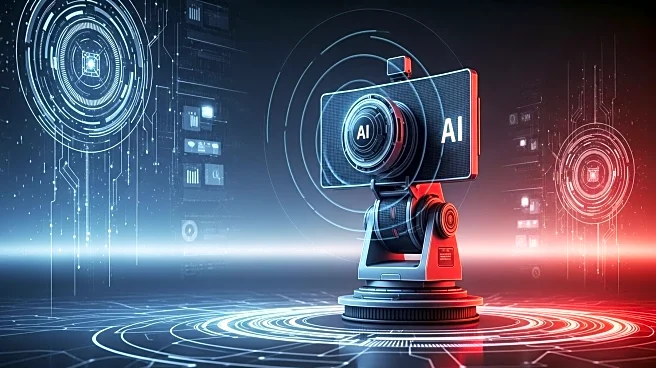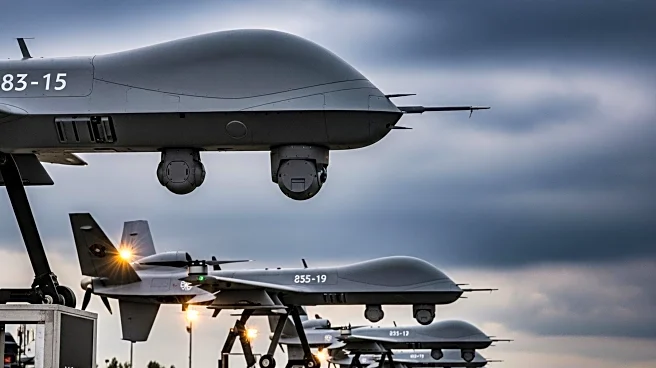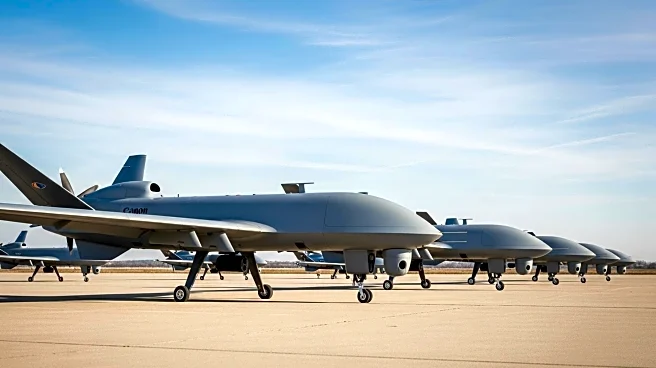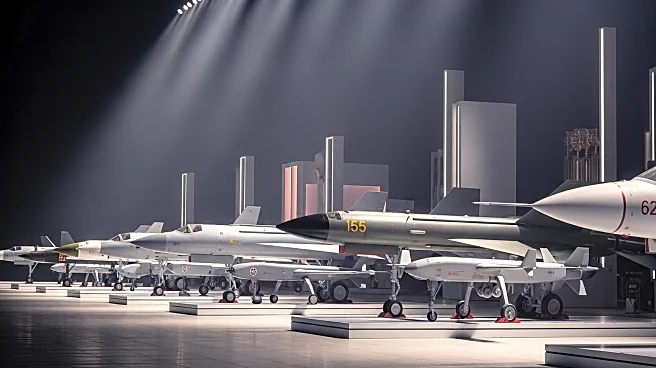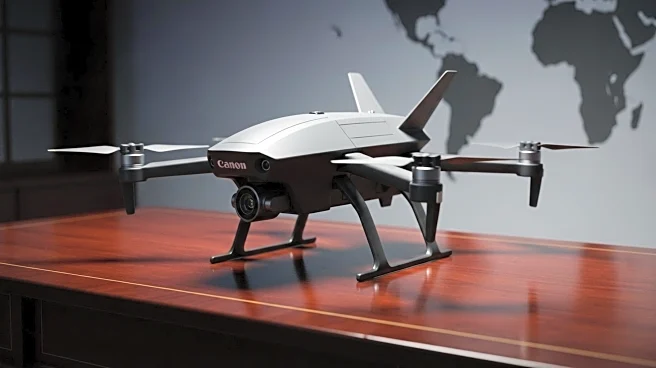What's Happening?
A report from the Center for Security and Emerging Technology highlights China's increasing reliance on small, agile AI companies for military advancements. These companies, emerging from universities and private labs, are developing dual-use technologies that serve both civilian and military purposes. This trend complicates U.S. efforts to monitor China's military developments and prevent American investors from inadvertently supporting these initiatives. The report notes that these companies enjoy more freedom in product development and funding compared to traditional state-owned enterprises, contributing to a dynamic AI ecosystem similar to Silicon Valley.
Why It's Important?
The growing ecosystem of AI startups in China represents a significant challenge for U.S. national security. These companies are not subject to U.S. sanctions, allowing them to operate freely and potentially strengthen China's military capabilities. The dual-use nature of their technologies, such as drone control systems and geospatial intelligence, poses a risk of enhancing China's military operations without direct state control. This development underscores the need for the U.S. to adapt its strategies in monitoring and countering foreign technological advancements that could impact global security dynamics.
What's Next?
The U.S. may need to enhance its surveillance and regulatory measures to better track and manage the influence of Chinese AI startups on military technology. This could involve stricter controls on technology exports and increased collaboration with allies to monitor and counteract these developments. Additionally, the U.S. might consider bolstering its own AI and tech sectors to maintain a competitive edge in military technology.
Beyond the Headlines
The rise of China's AI startups reflects broader shifts in global tech innovation, where smaller, non-traditional vendors play increasingly significant roles. This trend could lead to a reevaluation of how military technologies are developed and integrated, potentially influencing international norms and regulations around dual-use technologies.
